In addition to reducing costs, increasing productivity and profits compared to traditional methods, farmers in many localities in An Giang province also receive bonuses equivalent to the amount of emission reduction achieved by the new rice cultivation method.
New rice cultivation helps achieve outstanding profits
In the recent autumn-winter rice crop, with a selling price of 8,000 VND/kg for the OM5451 rice variety, Mr. Le Van Tu - a member of Vinh Binh Agricultural Cooperative (Vinh Binh town, Chau Thanh district, An Giang province) achieved a profit of about 17.9 million VND/ha. Meanwhile, member Nguyen Thanh Tan achieved a profit of about 12.5 million VND/ha, member Ho Minh Tuan achieved a profit of more than 11 million VND/ha, and member Nguyen Duy Khanh achieved a profit of more than 10.8 million VND/ha.
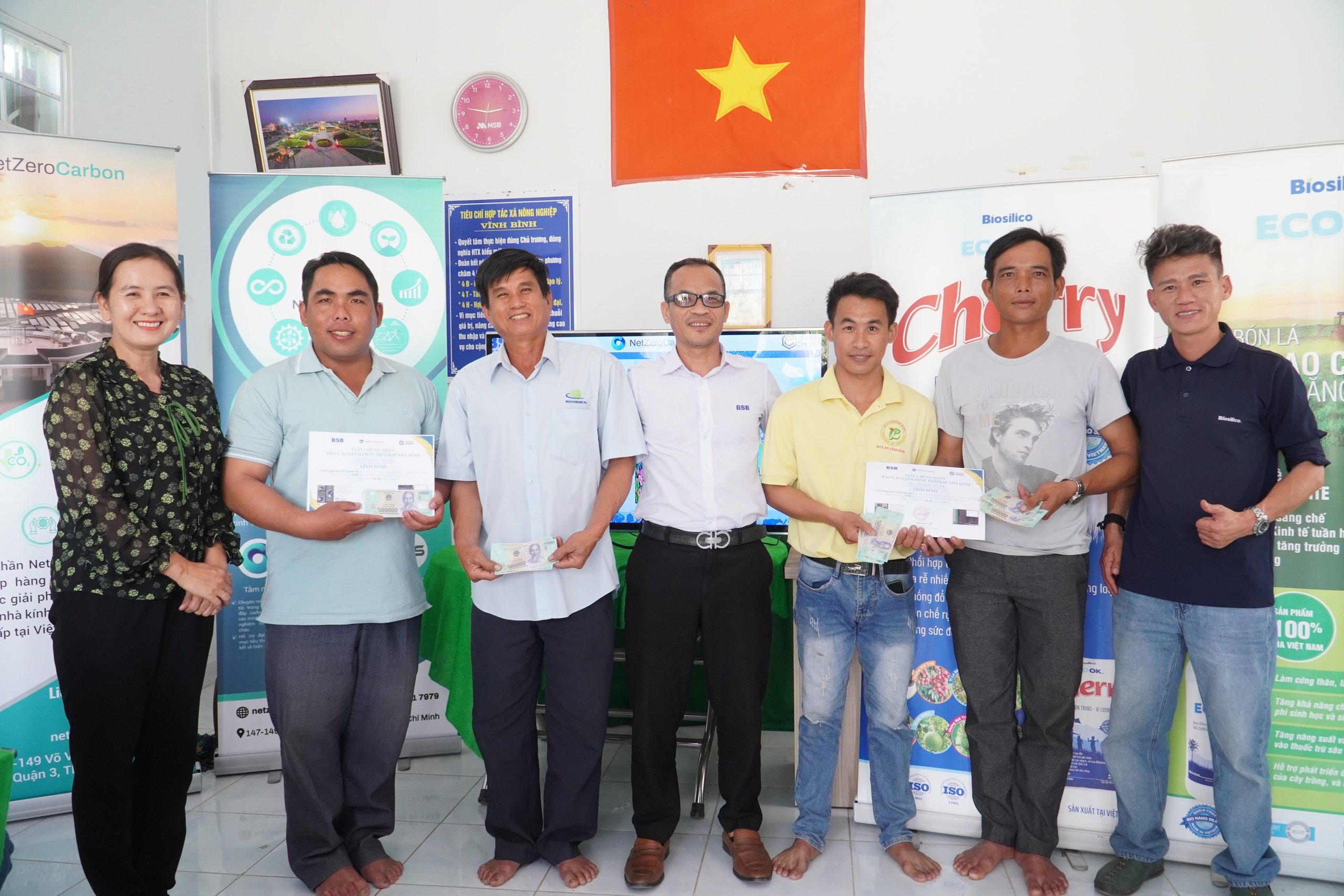
Four members of Vinh Binh Agricultural Cooperative were rewarded with money from the reduction of greenhouse gas emissions. Photo: HX
Meanwhile, the traditional production method of the cooperative only achieves a profit of about 8.5 million VND/ha, which is 2.3 million VND/ha - 9.4 million VND/ha lower than the new method of the above members.
The reason for achieving the above profit level is because the 4 members all applied new rice growing techniques and smart farming solutions to increase rice production efficiency, improve income and aim for sustainable production.
Mr. Nguyen Van Tac - Director of Vinh Binh Agricultural Cooperative said that the new rice growing technique helps reduce production costs by about 30%, while productivity increases by about 20% compared to traditional farming methods. Specifically, the traditional rice productivity of members in the autumn-winter crop is at 700 - 770 kg/cong. However, when applying the new method, the productivity increased to 830 kg/cong.
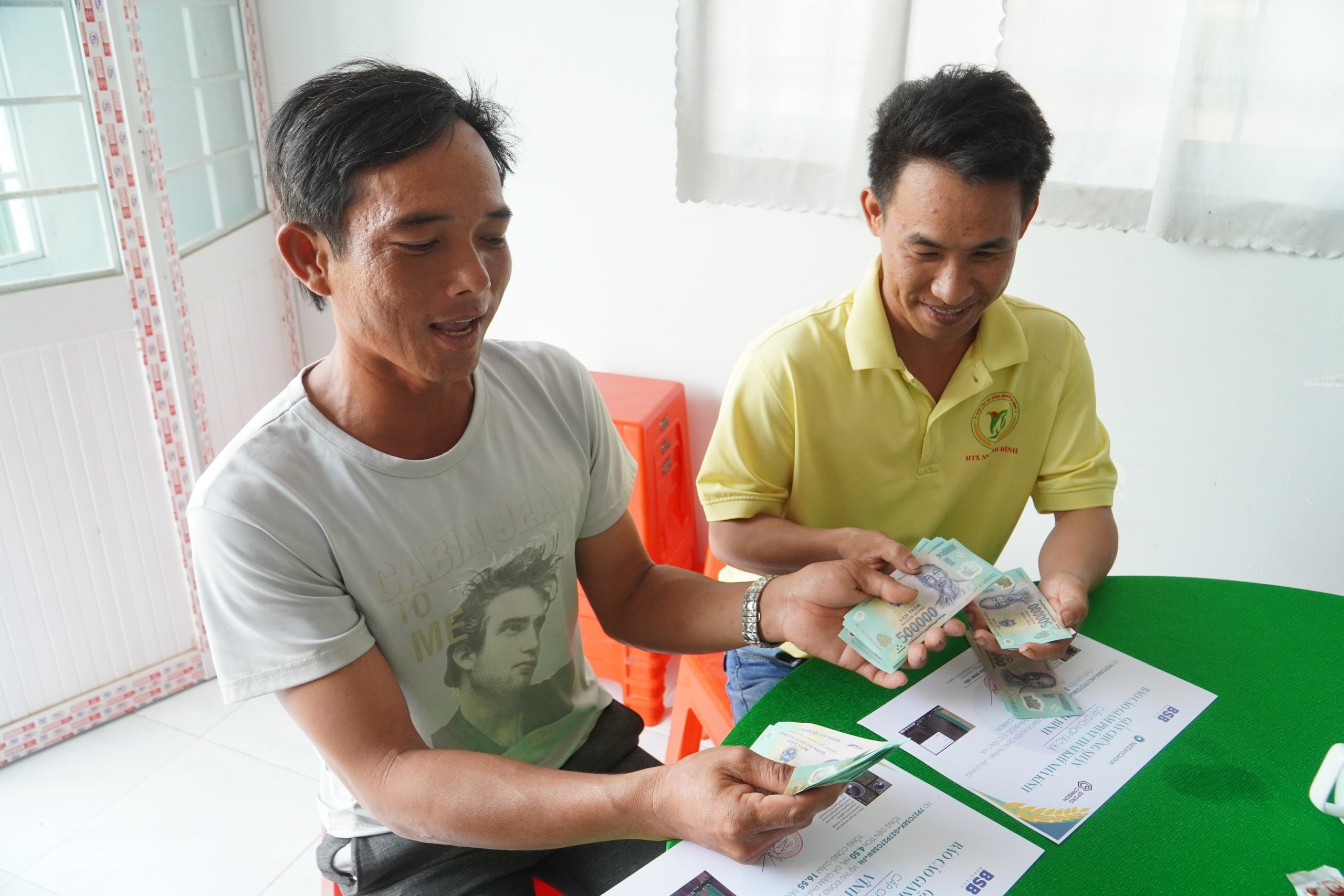
Members are happy to receive bonuses from greenhouse gas emission reductions. Photo: HX
According to Mr. Tac, before sowing, people apply a new rice growing model using microbial products to quickly decompose straw right in the field, to regenerate nutrients for the soil, aiming at organic rice production.
When sowing, people sow rows at a density of 80 kg/ha (control field 153 kg/ha) combined with burying fertilizer. Especially applying the method of alternating flooding and drying and measuring greenhouse gas emissions through the stages of rice plants via satellite.
With the results achieved from the model, Mr. Tac said that the cooperative will also expand the cultivation area in the coming time. At the same time, it will cooperate with businesses to invest in incinerators to process straw into organic microbial fertilizers and build a water pumping system using solar energy to meet the increasing demand for emission reduction.
Get extra bonus from greenhouse gas emission reduction from new rice cultivation
According to the reporter's investigation, 4 members of Vinh Binh agricultural cooperative participated in cultivating 8.49 hectares. In addition to reducing costs, increasing productivity and profits as mentioned, the model here also helped reduce 29.03 tons of CO2 equivalent.
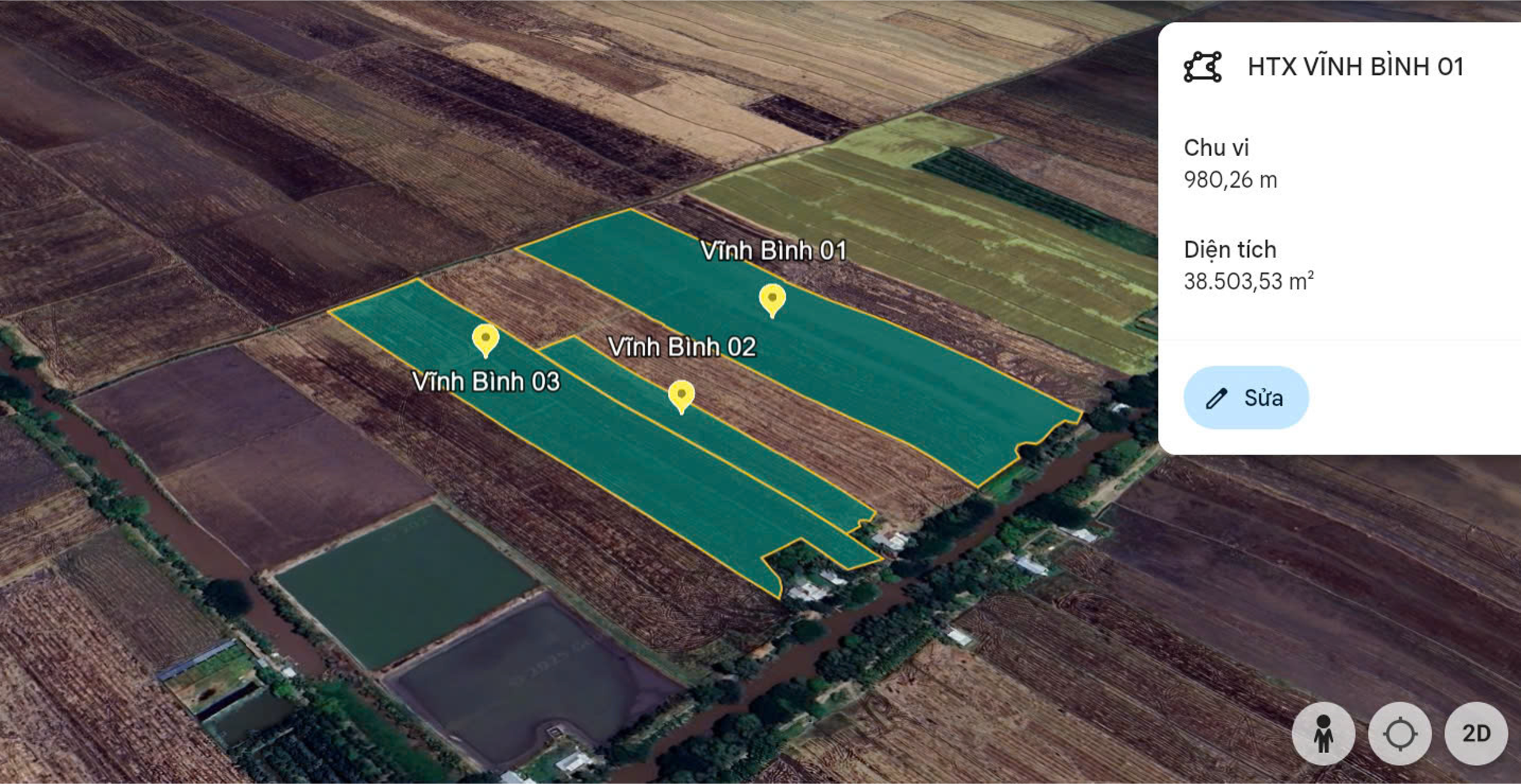
Satellite model of greenhouse gas emissions measurement. Photo: Google Map
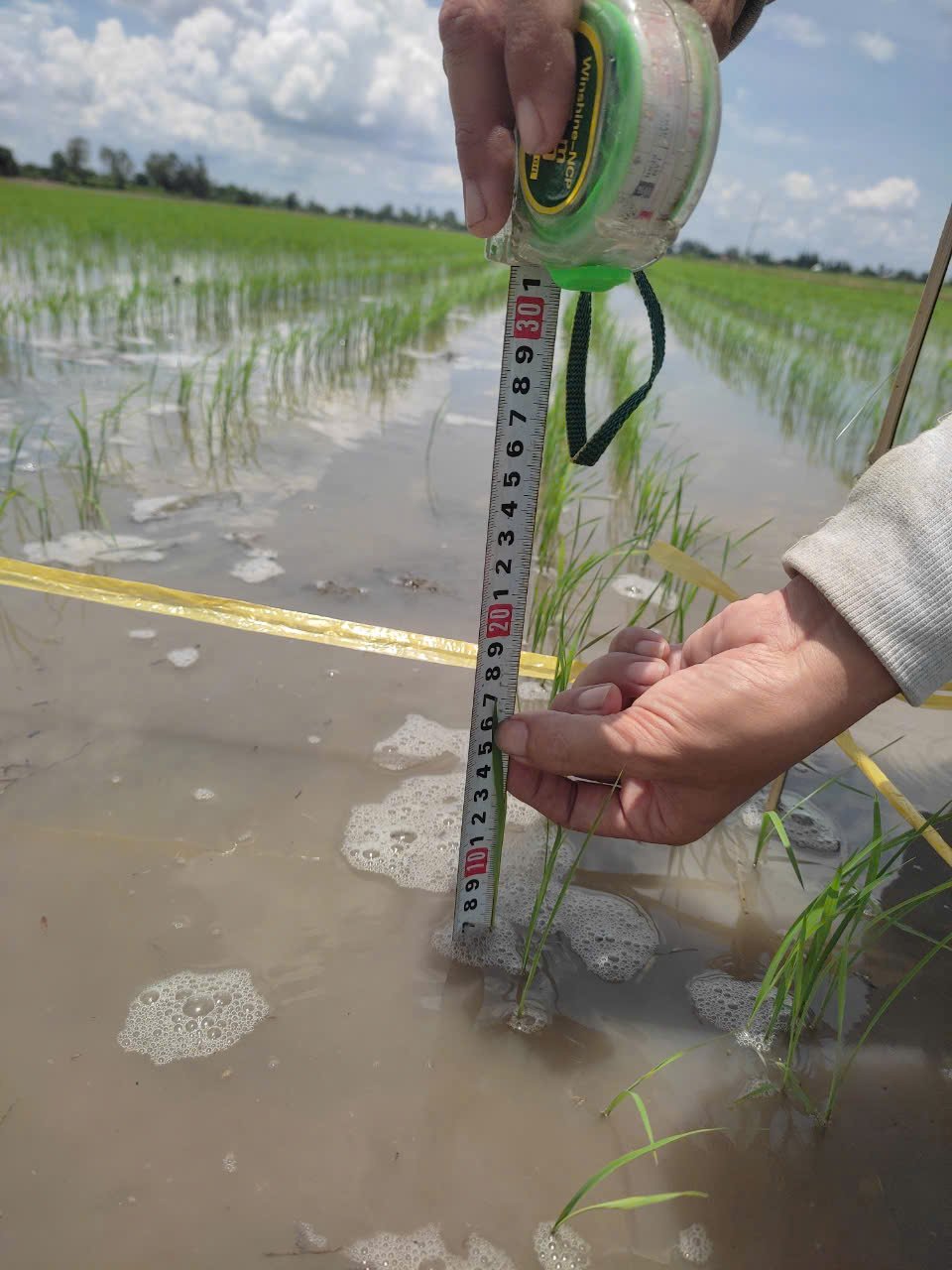
Continuously measuring water levels during rice production. Photo: D.A.
Recently, in the presence of experts, representatives of Net Zero Carbon Joint Stock Company and BSB Nanotech Company - 2 units that coordinate to guide farmers in applying the alternate flooding and drying irrigation method and measure greenhouse gas emissions - organized to award a total bonus (calculated based on the amount of greenhouse gas emission reduction measured during the production process) of over 14.3 million VND to 4 farmers. Accordingly, each household is awarded from 954 thousand VND to 6.3 million VND (depending on the area of participation and the level of emission reduction achieved). Thus, people have 2 sources of income in 1 rice crop.
Also with the new rice growing method mentioned above, the model implemented at Hiep Xuan Phu cooperative (Hiep Xuong commune, Phu Tan district) reduced 53.48 tons of CO2e on a cultivated area of 16.55 hectares; the 12.71-hectare model at Hue Duc Cooperative (Co To town, Tri Ton district) reduced 49.66 tons of CO2e and the 15.41-hectare model at Phu Thuan cooperative (Tay Phu commune, Thoai Son district) reduced 51.75 tons of CO2e.
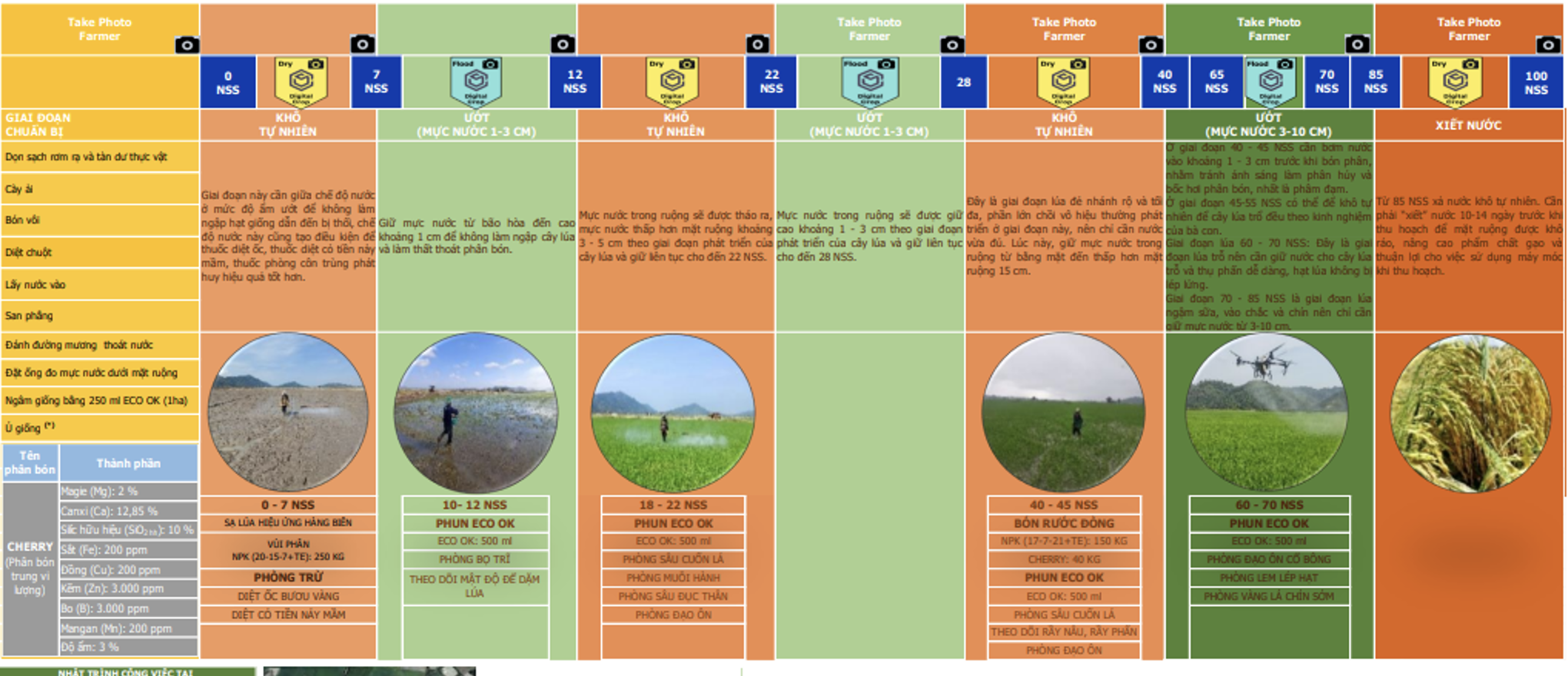
Farmers follow the alternate flooding and drying irrigation method when implementing the model. Photo: HX
This February, the two companies will award farmers implementing the above three models, with a total of 76.3 million VND. This bonus is a recognition of farmers' active participation in applying advanced farming techniques to reduce greenhouse gas emissions, creating motivation for farmers to continue to replicate green and sustainable production models in the future.
Particularly for Hiep Xuan Phu Cooperative (Hiep Xuong Commune, Phu Tan District), the measured emission reduction was the highest. Therefore, in the near future, the local agricultural sector will choose this as a new point to include in the implementation plan of the Project of 1 million hectares of high-quality, low-emission rice, associated with green growth in the Mekong Delta region of the Ministry of Agriculture and Rural Development. At the same time, a workshop will be held to share experiences, inviting representatives of farmers from 17 communes, local officials, and plant protection officers to attend.
Source: https://danviet.vn/nong-dan-an-giang-trong-lua-kieu-nay-duoc-huong-2-nguon-thu-nhap-ho-ngheo-cung-lam-duoc-20250215153413981.htm








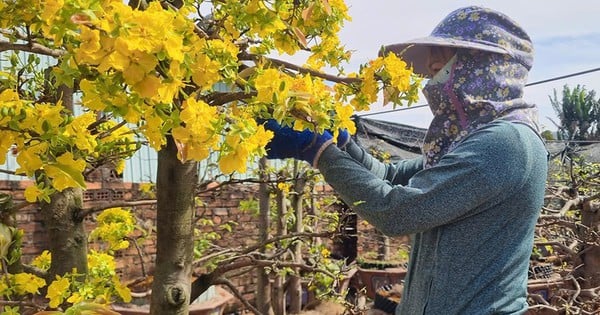
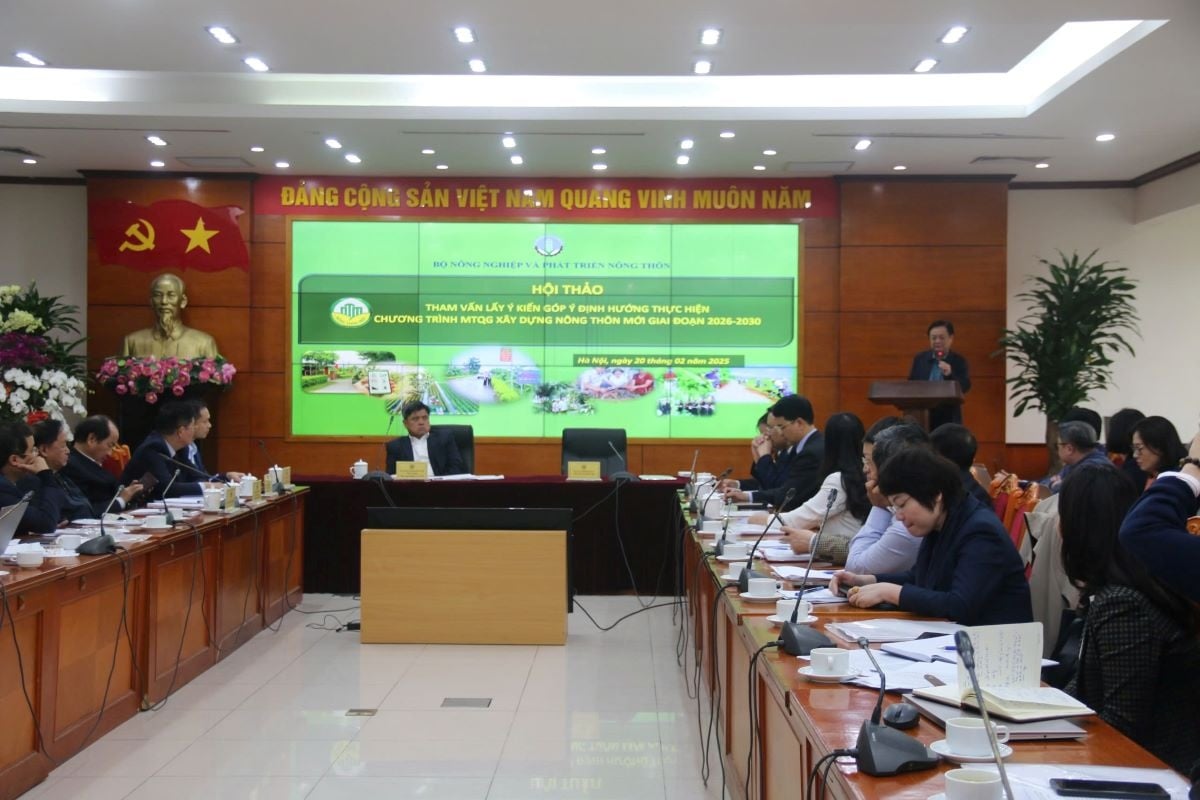
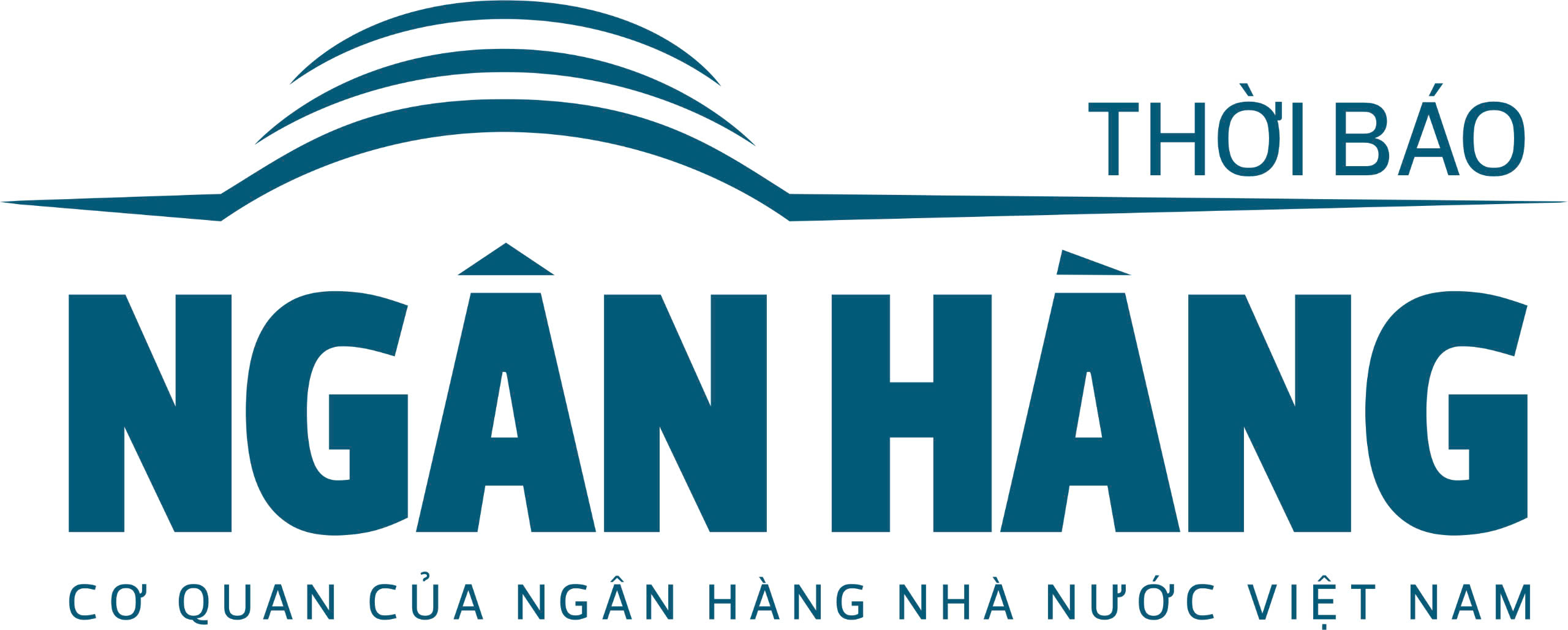
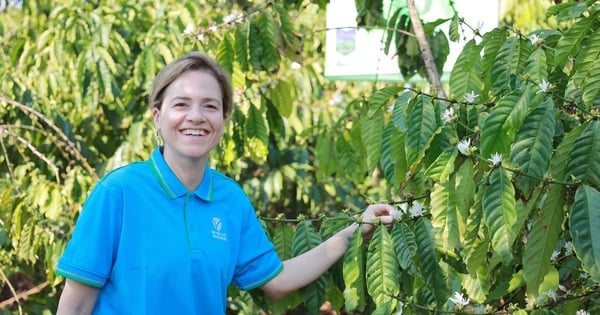
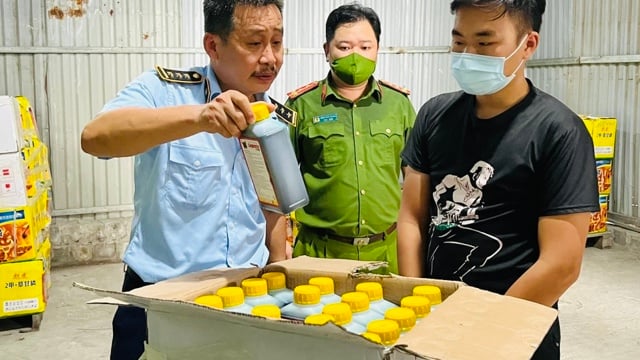

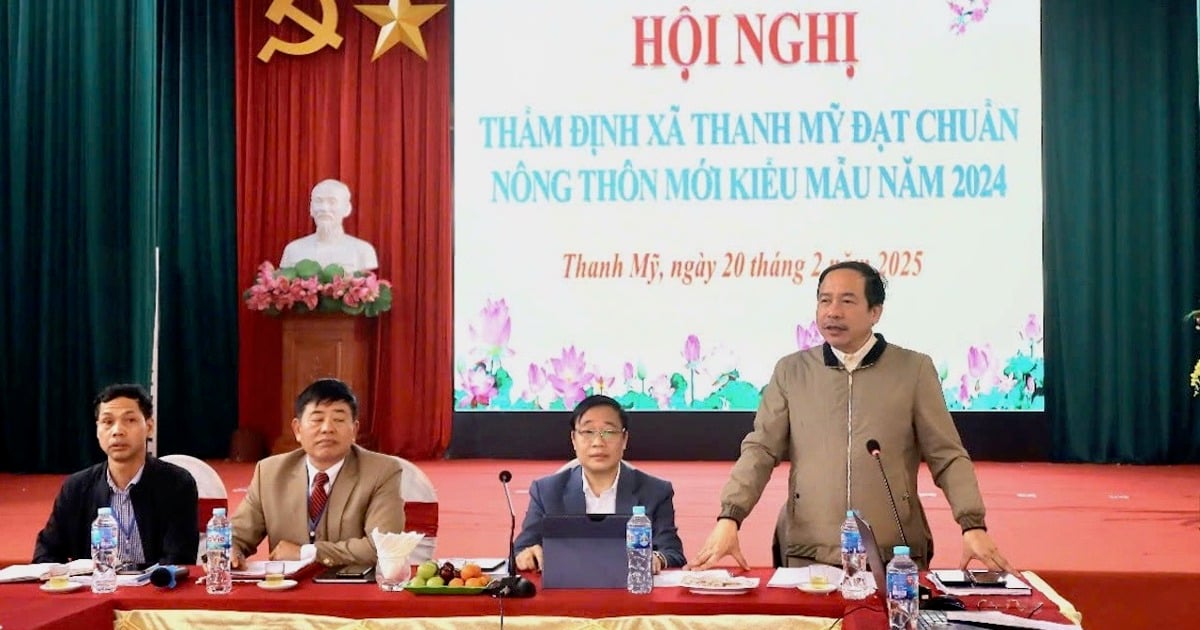
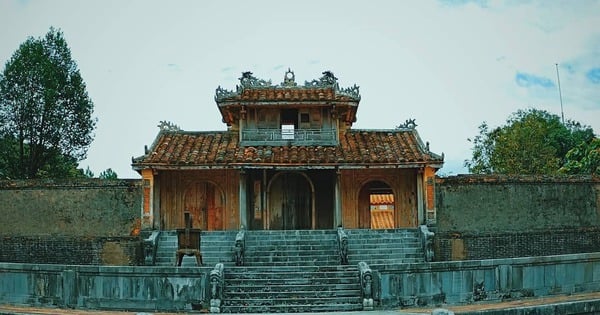
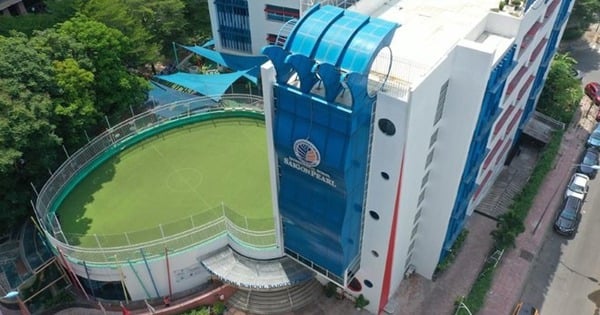
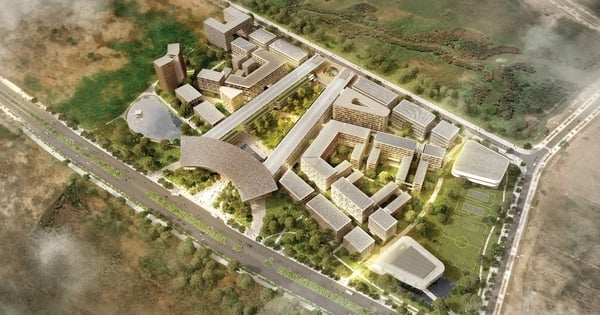
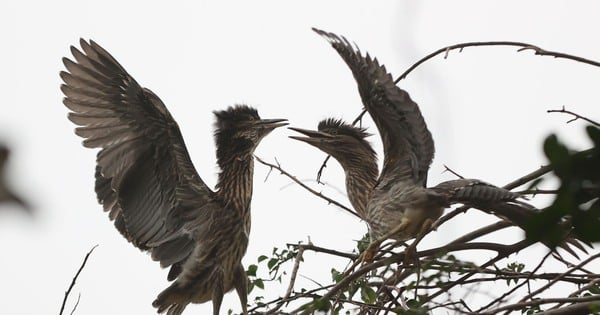
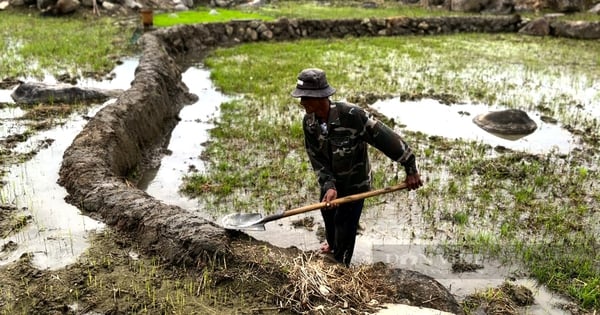


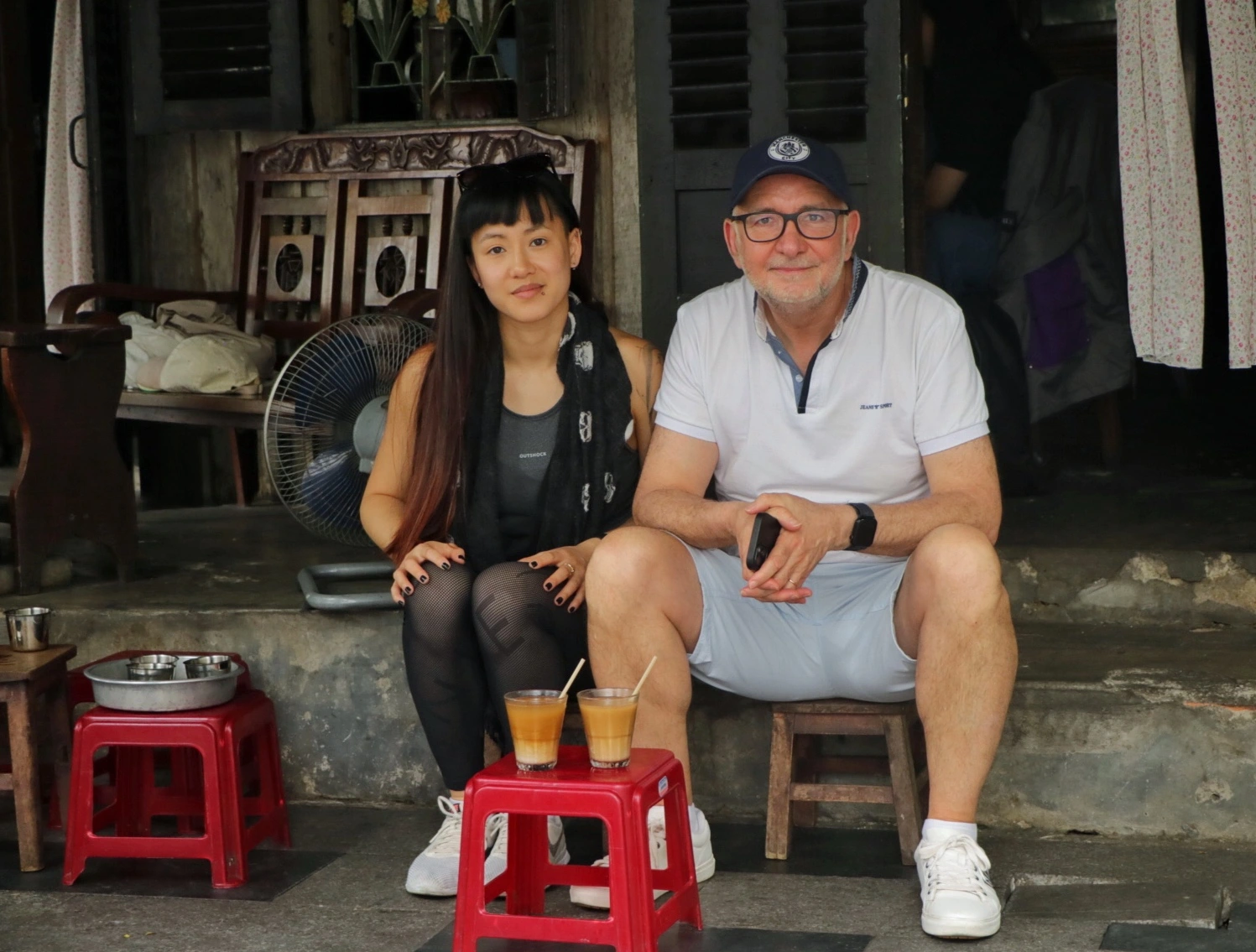

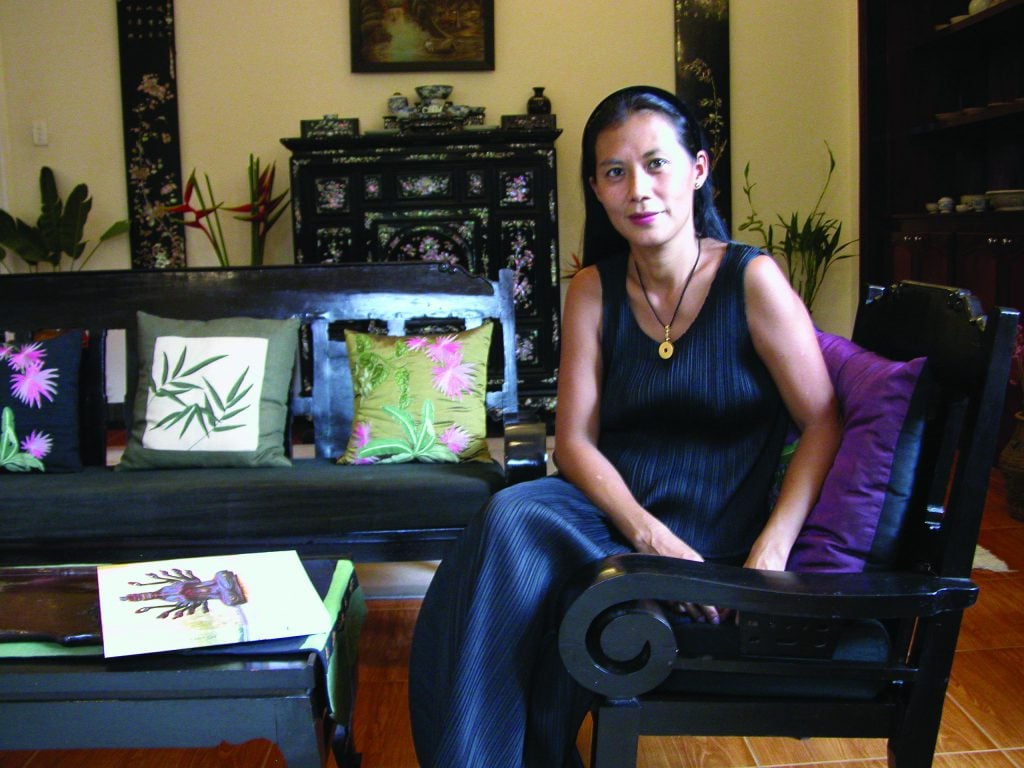



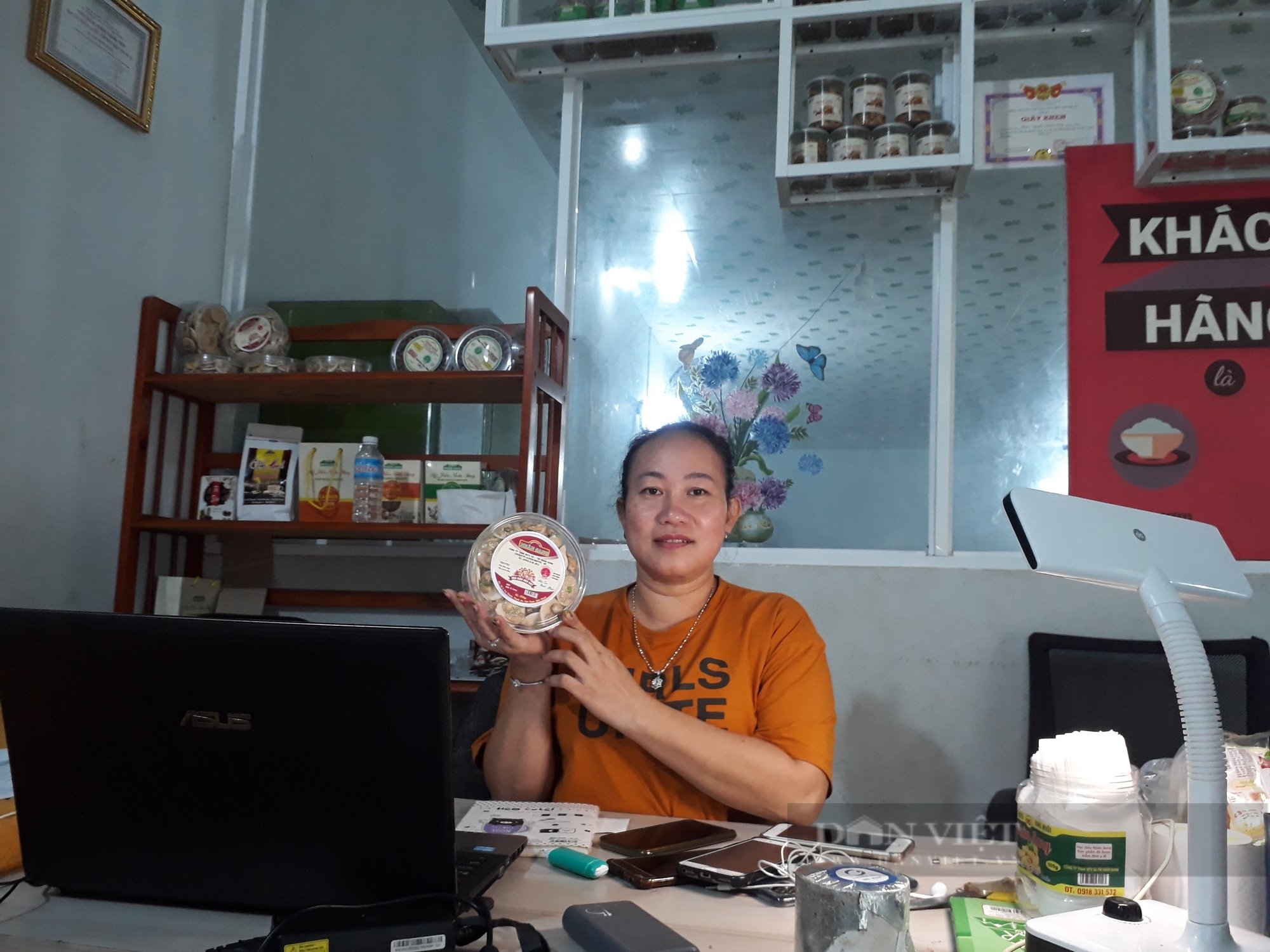
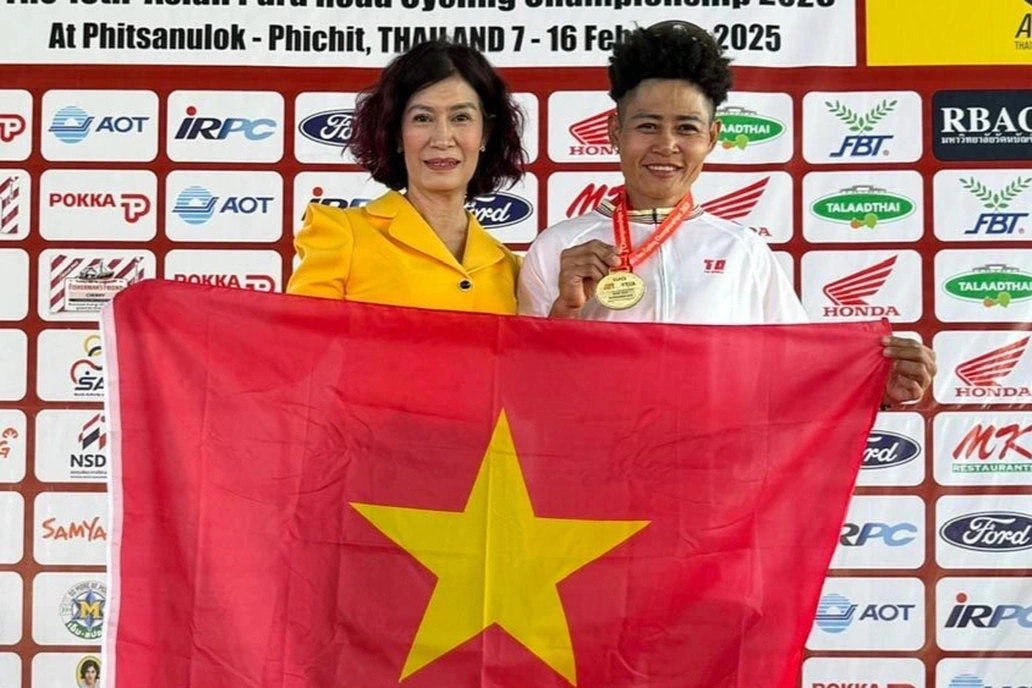

Comment (0)